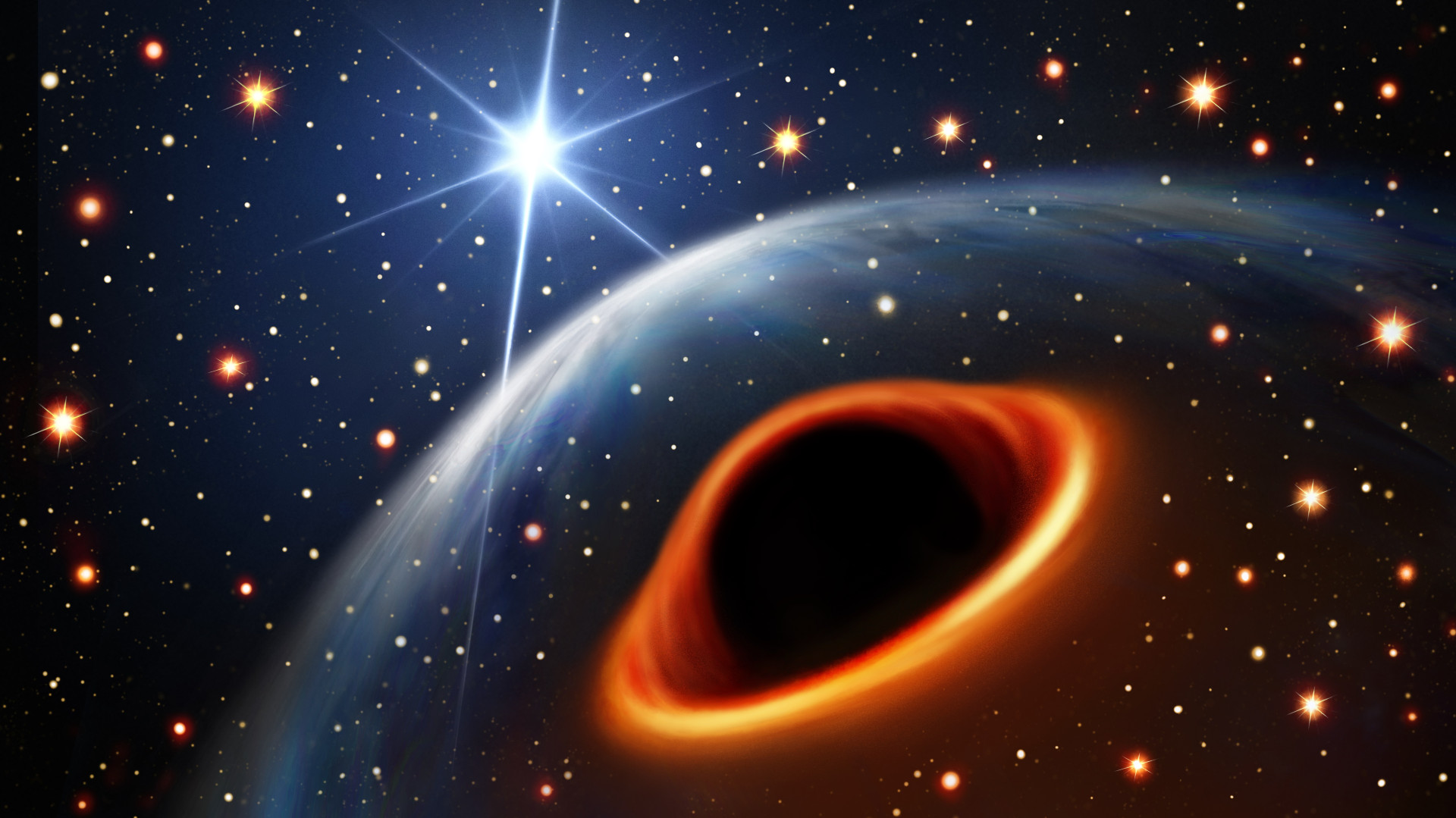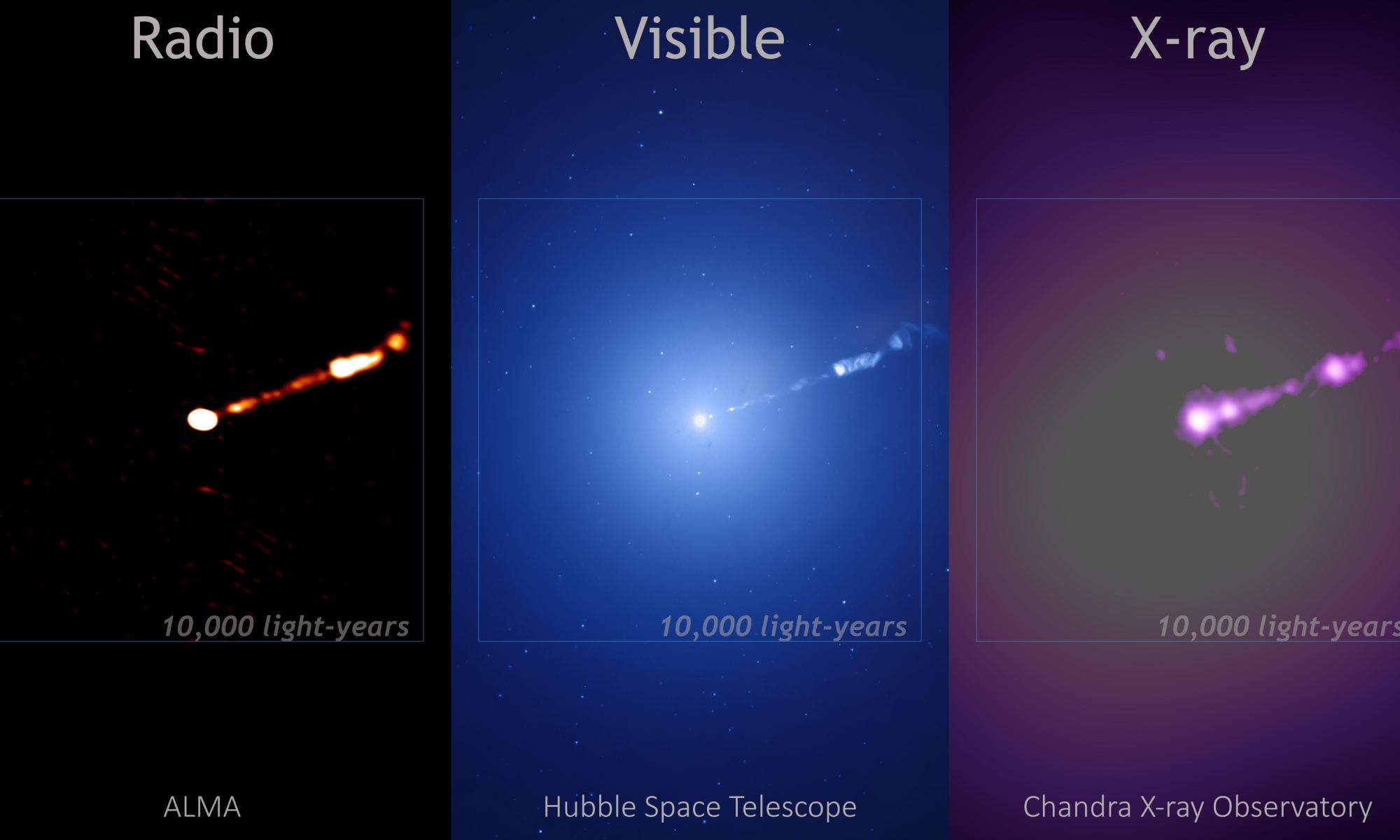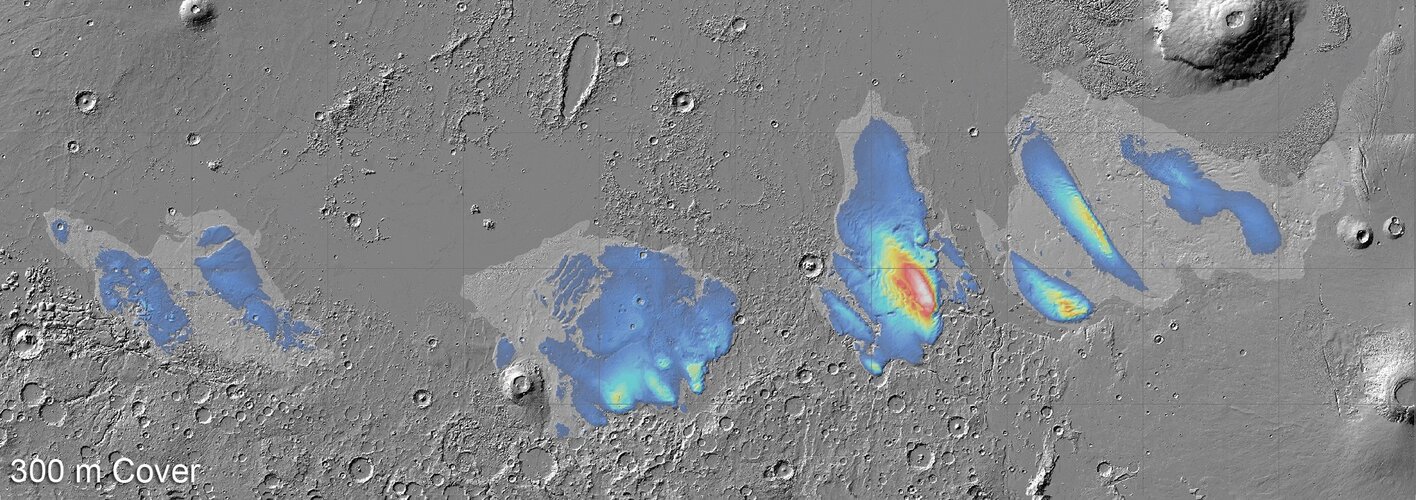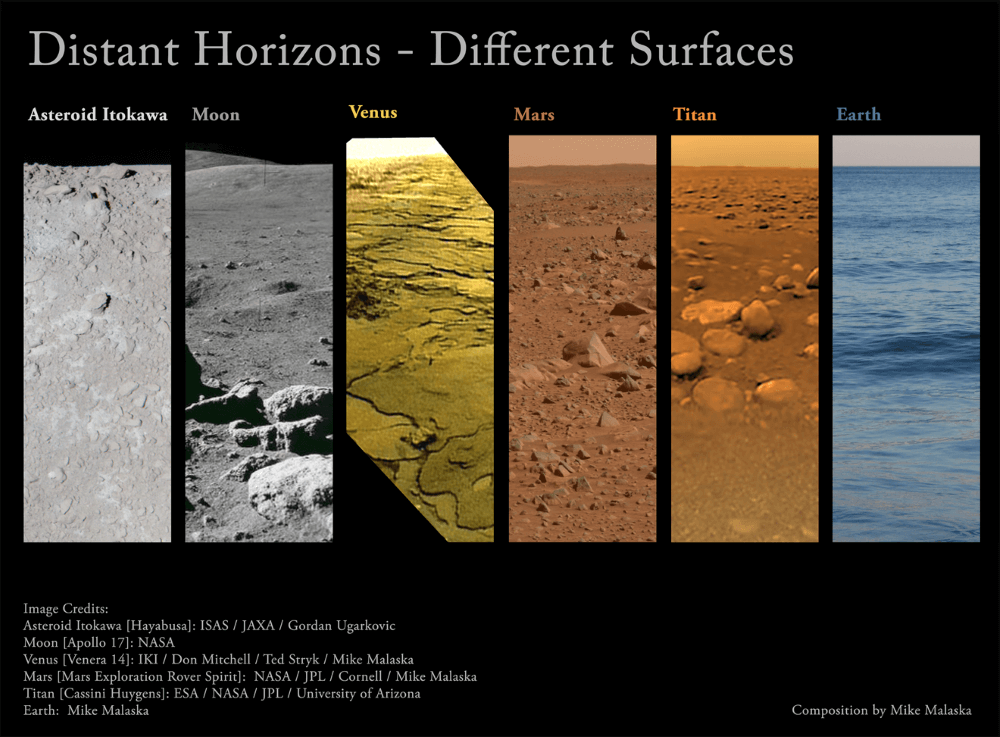About 40,000 light-years away, a rapidly spinning object has a companion that’s confounding astronomers. It’s heavier than the heaviest neutron stars, yet at the same time, it’s lighter than the lightest black holes. Measurements place it in the so-called black hole mass gap, an observed gap in the stellar population between two to five solar masses. There appear to be no neutron stars larger than two solar masses and no black holes smaller than five solar masses.
Continue reading “Is this the Lightest Black Hole or Heaviest Neutron Star?”Is this the Lightest Black Hole or Heaviest Neutron Star?










